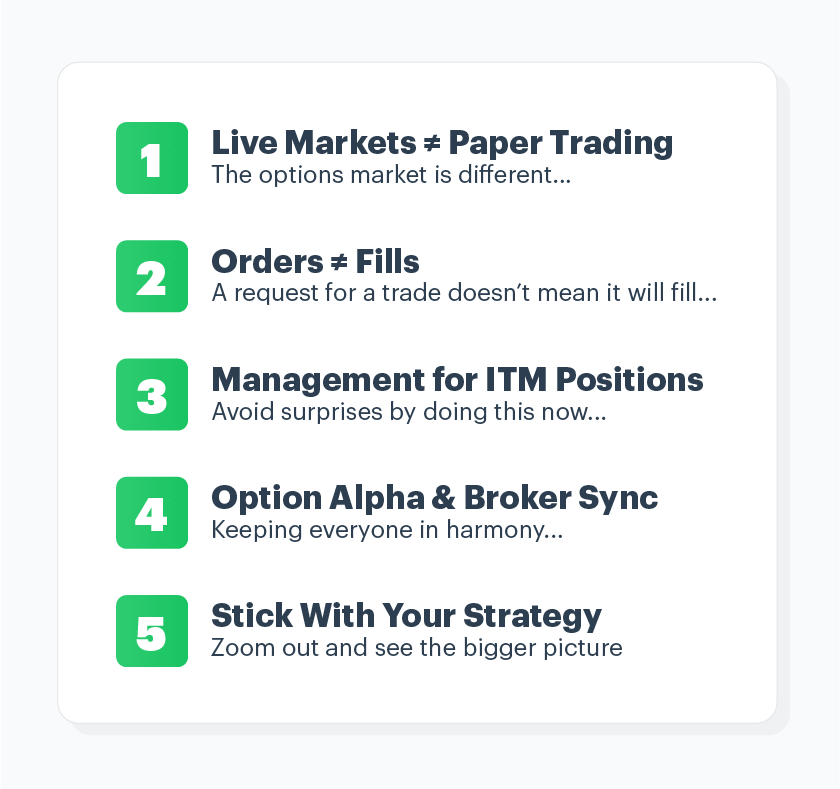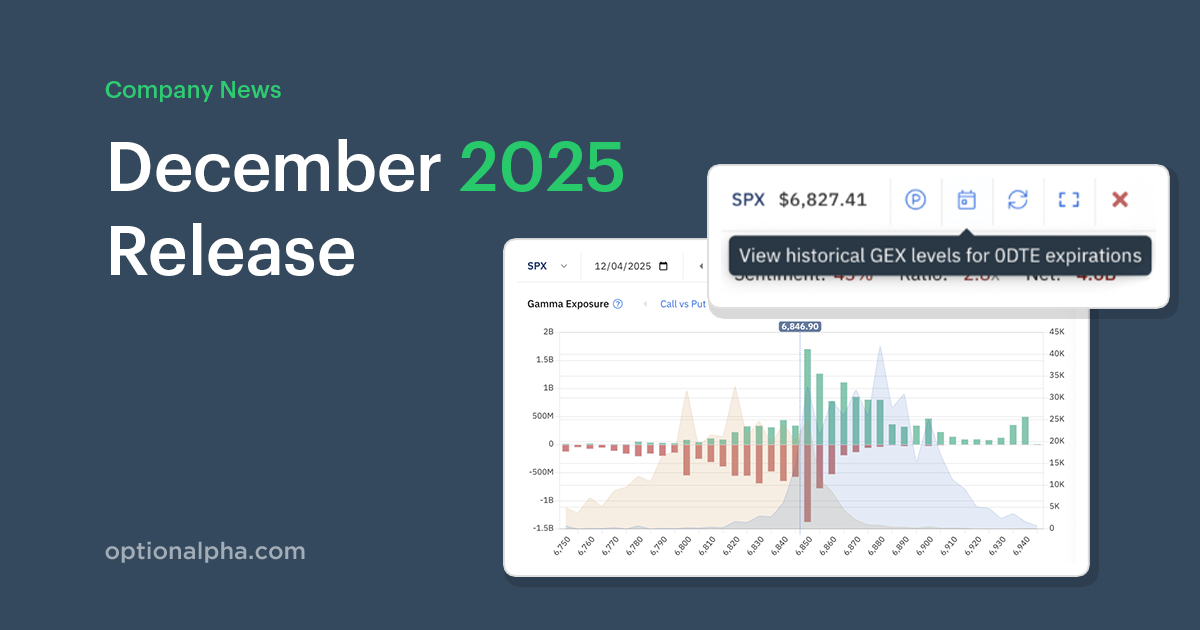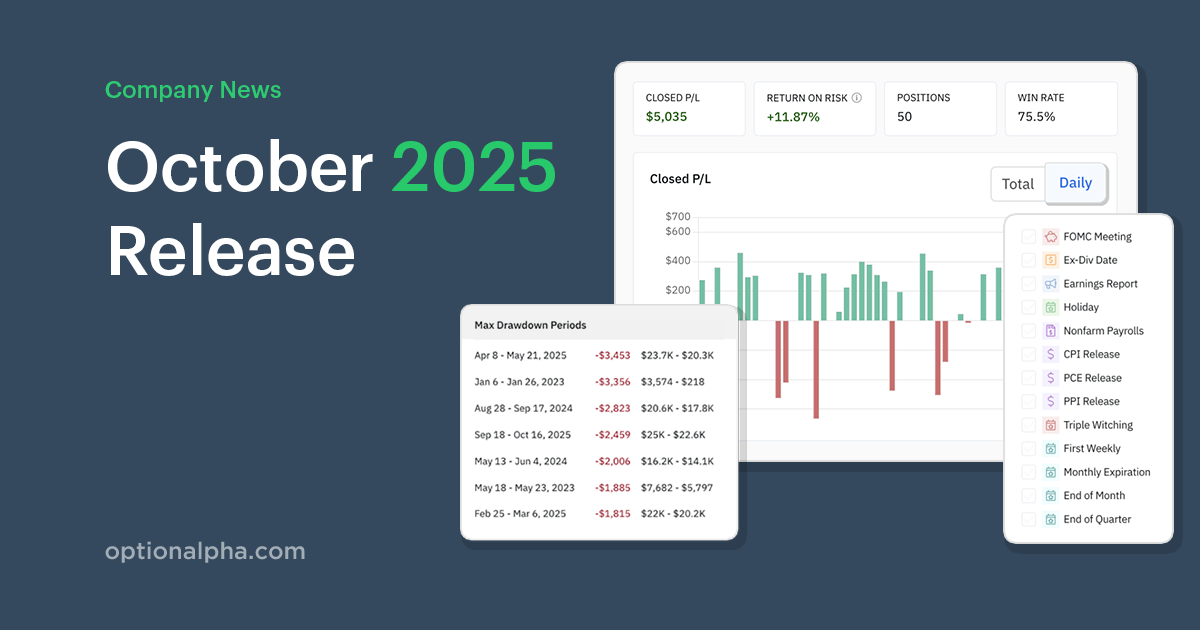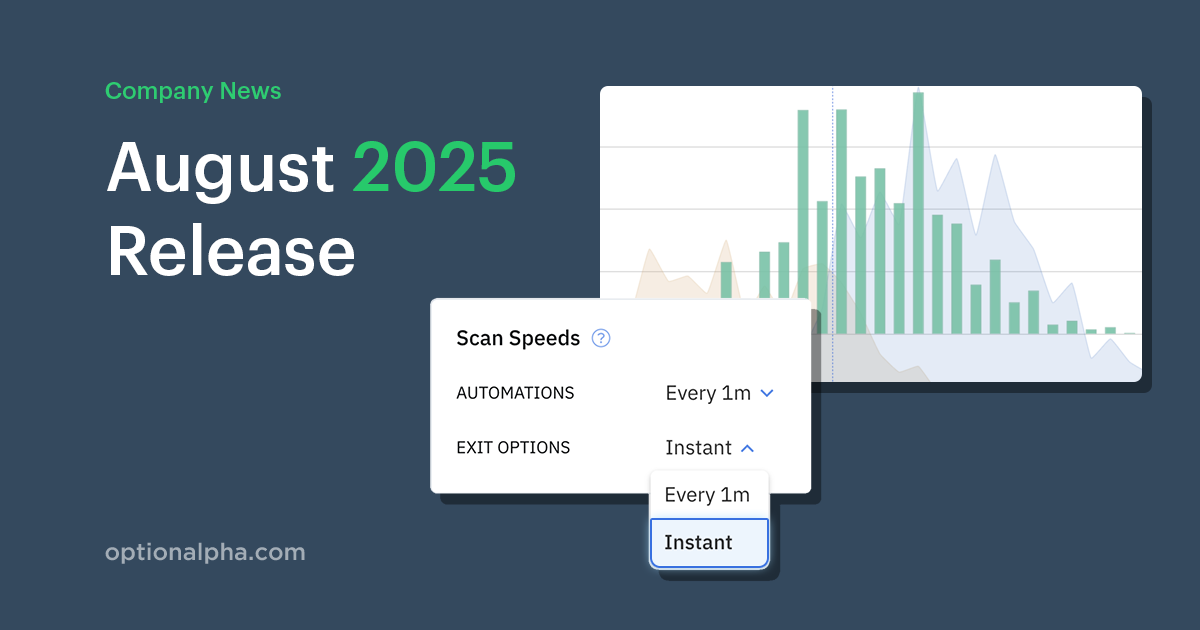Before you make your first live trade, you want to review these 5 key concepts. I've seen too many people skip, ignore, and discount their importance, so I want to share my "best practices" and "most important considerations" with you before you transition to live trading.

These 5 things will help you set the right expectations and give you the tools and resources you nedd to get the most from backtesting and paper trading. I've seen too many people skip, ignore, and discount these essential topics, so I want to address the most common challenges we see when traders go live, and give you the solutions you need to know to before you start live trading in your options account.
So, if you're ready to trade live, you'll want to make sure you know these 5 things before you get started.
5 Things to Know Before You Start Trading Live
- Live markets are not the same as paper trading: It’s logical but still completely missed by many traders that there are inherent differences between simulated (paper) and live market conditions. Liquidity matters and those tickers with the highest liquidity rating in the Screener will track much closer when transitioning between paper and live. Illiquid tickers will see much larger disparities when going between paper and live markets. Remember, someone has to take the other side of your trade. So ask yourself, is it logical that someone would want this position?
- Orders do not equal fills: A request for a trade doesn’t mean it will fill; there is no guarantee a live order will fill in the market. Use SmartPricing to customize your order settings, limit slippage and help improve fills. You must set realistic pricing (or even overly pessimistic when backtesting or paper trading) so that you attempt to mimic live markets. Setting unrealistic pricing will naturally lead to large differences when moving to live trading. “I wanted $100…” “Yeah, but the market was only offering $50…” I suggest using both bid/ask spread guards & SmartPricing controls for “slippage from the mid”. Also, be cognizant of PDT rules for smaller accounts. Remember that unfilled orders doesn’t mean something went wrong—it's purely a function of real-market liquidity constraints.
- How to manage in-the-money positions: Options can be ITM near or at expiration and this can result in random assignment. This isn’t “bad” but it is something most people forget until they get to live trading. Smart traders use a combination of Exit Options and Monitor automations to plan ahead for management of positions near or ITM during expiration. Proactive management won’t ever guarantee the avoidance of assignment, but it will ensure that it’s not a surprise or shock. You can learn more about options assignment and managing expiring positions here: Options Assignment Explained + Reducing the Risk with Automation.
- Syncing your Option Alpha and broker account: All of your trading done inside Option Alpha is reflected in your brokerage account (orders, fills, positions, etc.). Actions/events outside the platform are not pushed back to your bots and you’ll want to make sure you update your positions to reflect any changes. Specifically assignment & exercise of options or manual trades done on your own with your broker. Option Alpha doesn’t charge commissions (we are not a broker) and many traders don’t pay commissions when trading with Option Alpha. But, your broker still might pass through exchange fees or have different accounting methods for profits.
- Stick with your strategy: I’ve often said that patience and persistence are critical to your ability to find success trading. Without these you will continue to struggle. The “long night” or “flat lands” of a strategy are often periods followed by eventual growth. We don’t know the path distribution of our trades so we need to have a long-term mindset from the beginning. If you’ve done the research and backtesting of your strategy prior to trading live, then you should have the confidence to stick with it. If it’s mentally a struggle, scale back your position sizing but don’t stop trading.
.png)













